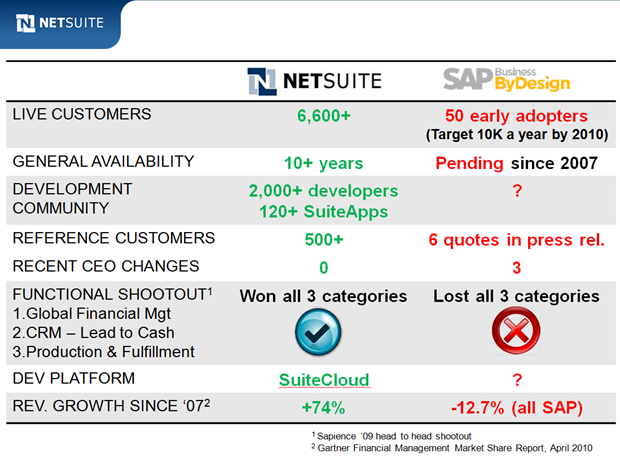
I admit when Chatter first came out, I did not get it. Yeah, another activity stream, so what? I’ve long agreed with Chief Curmudgeon Dennis Howlett that activity streams without business context offer little value in business. Things started to get interesting when Chatter added the ability to follow documents, opportunities and other business objects. Aha! So now we’re getting business context in Chatter! But why?
Continue reading here.
(Cross-posted @ CloudAve » Zoli Erdos)















Recent Comments